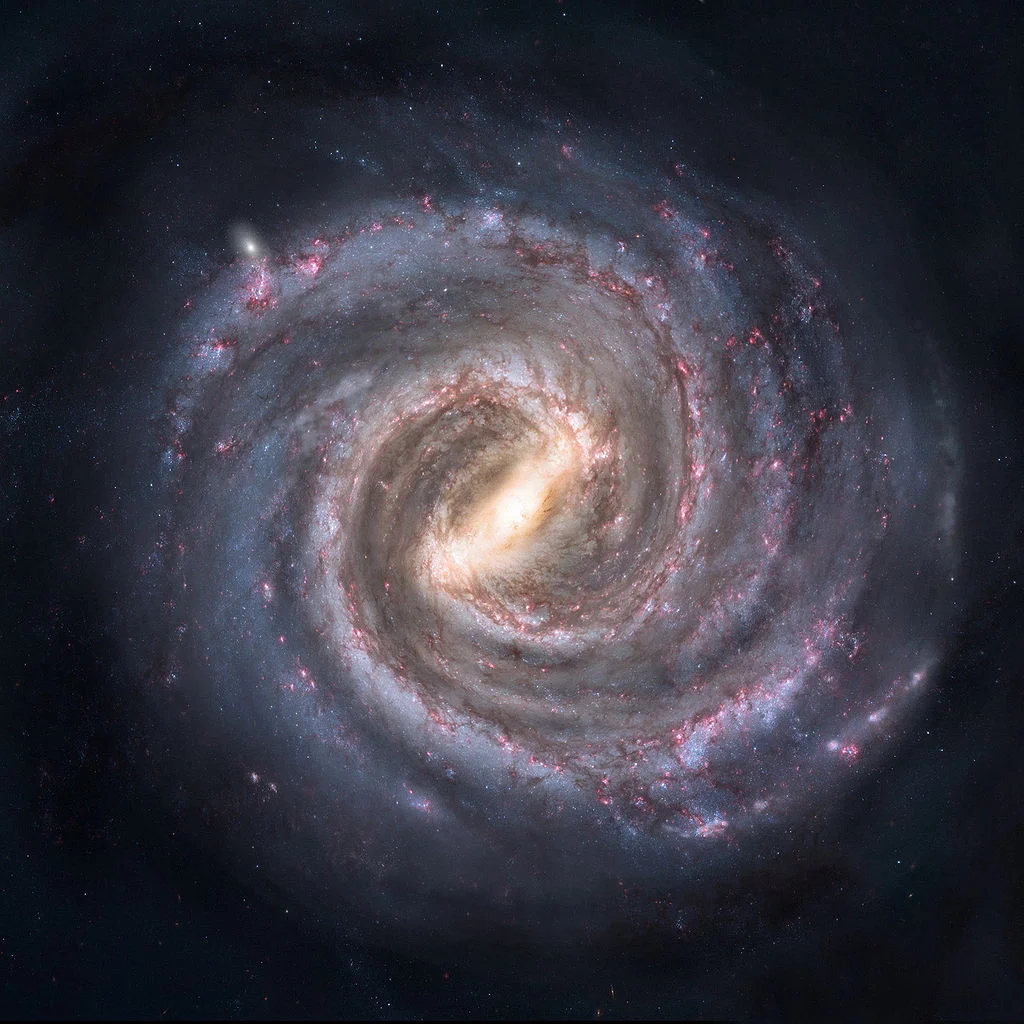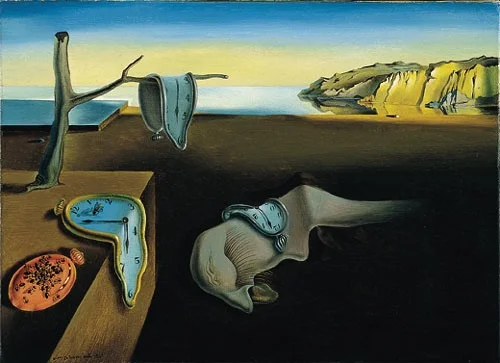In this lesson, we'll cover some of the fundamental principles and postulates of quantum mechanics. These principles are the foundation of quantum mechanics.
In this lesson, we'll discuss how the spin of an electron can be measured by turning on a magnetic field.
According to the Big Bang theory, for hundreds of thousands of years the entire universe was hotter than a star. The universe was so hot that electrons could not bind with atomic nuclei; this meant that the universe was opaque to radiation. If you were living in such a universe, you wouldn't be able to see very far; in fact, you would only be able to "see things" that are microscopic distances away. But as the universe expanded, everything cooled down. What we'll do in this lesson is calculate that after about 300,000 years since the origin of the universe, the universe cooled enough (due to expansion) for electrons to bind with atomic nuclei. After this happened, light was no longer constantly scattering off of nucleons in a plasma soup; once the universe cooled enough for all of the plasma (which was everywhere in the universe) in the universe to become a gas, light could travel through space freely without constantly "bumping into things."
According to Planck's relation each element in the periodic table emits only discrete frequencies of light, not a continuous spectrum. Also, each element has its own unique signature and emits particular frequencies and wavelengths of light. An instrument called a spectroscope allows us to measure and record the particular frequencies of light emitted by a substance which, in turn, allows us to determine what particular kinds of elements that substance is comprised of. Using this technique, astronomers were able to determine the compositions of the atmospheres of other planets, of the Sun and other stars, and of entire galaxies.
The Milky Way galaxy—our home galaxy—is a grand assemblage of over one-hundred billion stars that spans one-hundred thousand light-years across space. But that isn't all that there is in our galaxy. Enormous clouds of gad and dust float in between the stars; this is called the interstellar medium. Mapping the Milky Way and understanding its size and composition was made possible by advances in astronomy. Techniques such as stellar parallax and the use of a class of stars known as Cepheid variable stars made it possible for astronomers to measure vast distances across space. Despite this it was still very difficult to make some long-range distance measurements across the galaxy because the interstellar medium blocks out so much visible light; the advent of infrared astronomy, however, circumvented this issue and made it possible for 20th century astronomers to determine the size of the Milky Way.
In this lesson, we'll find the integral of any arbitrary function \(kx^n\) where \(k\) and \(n\) are any finite numbers such that \(n≠-1\).
The second law of thermodynamics specifies the arrow of time—the direction in which the flow of time runs. Before the discovery of the laws of thermodynamics, there was nothing about classical mechanics which did not allow time to run both ways. Just as a cup could fall on the floor and shatter into many pieces, it was also conceivable that a shattered cup could spontenously resemble and climb back on top of the table without violating the laws of energy and momentum conservation. It was not until the discovery of the second law of thermodynamics that the laws of physically finally declared that events can only happen in one direction, thereby giving time a sense of direction.
Li-Fi was invented in 2011 by professor Harald Haas and is a form of wireless communications technology which would allow us to transmit information and data at least 100 times faster than Wi-Fi. Even more significantly, Li-Fi is essential—and in fact, it is necessary—for us to transition to a Third Industrial Revolution (TIR) infrastructure where everything in the environment—from buildings, roads, and walkways—becomes "cognified."
In this short article, we discuss that the character of an exponential function is such that when it is viewed linearly, it'll start off very gradual and then suddenly "blow up." This character of exponential functions is the reason why the number of internet users seemed to blow up out of nowhere and why the cost and size of computer chips have diminished so rapidly in such a short period of time. But when viewed on a logarithmic scale, nothing appears to "blow up" and behavior, which looks rather wild from a linear view, seemed inevitable when viewed logarithmically; this allowed Ray Kurzweil to predict that the internet would one day have billions of users in a time when perhaps only a few thousand people had access to the internet.
In this article, we discuss various different ways to test whether or not a p-series diverges or converges.

![558932[1].jpg](https://images.squarespace-cdn.com/content/v1/58757ed7f5e231cc32494a1b/1510197022259-RN1H17YR1LMU9EMD8HQY/558932%5B1%5D.jpg)









